Learning to Prey
Field evidence for the evolutionary impact of social learning in a predator-prey system
Image Credits: berlinzatzi / Adobe Stock images
A collaboration of researchers has put social information theory to the test in a reliable real-world system. Within the seasoned Madingley Wood field site in Cambridgeshire, UK, researchers investigated the capacity for social information transmission among bird predators and identified potential implications for predator-prey coevolution. Using a combination approach with field experiments and social network analysis, they point to the likelihood that learned avoidance of chemically-defended prey is passed along social networks. Their results offer solutions to evolutionary problems in predator-prey dynamics and support theoretical predictions from social learning theory. But more broadly, the research speaks to the role of social information amidst the powerful dynamics of ecology and evolution and hence opens the door to new studies in other coevolutionary systems.
The coevolutionary trajectories of interacting species twist and turn according to the interplay of ecology and genetics (ecology and evolution: eco-evo). The context of ecology shapes the selection pressures on different genes, whilst changing gene frequencies alter the prevailing ecological conditions. But much of our understanding of eco-evo dynamics focuses on the relationships between interacting species, neglecting the social interactions that occur within species. In other words, the ecological component of eco-evo dynamics often includes a critical social layer, yet this layer is seldom investigated outside of simulations or strict lab environments.
Meanwhile, state-of-the-art research in social ecology is uncovering the processes of information transmission across social networks. The capacity for social networks to store and transmit information is important because it allows individuals to inherit behaviours from others (social learning), which builds upon the inheritance that comes through genes. The literature highlights the possibilities for social learning to impact selection pressures, and thereby be involved with eco-evo dynamics. But again, this theory lacks evidence from natural systems.
A collaboration of researchers, spearheaded by Liisa Hämäläinen and Rose Thorogood at the University of Cambridge (now at Macquarie University and University of Helsinki, respectively), has recently published a pioneering insight into the networked social layer of eco-evo dynamics using a long-standing field system. The collaboration brings together expertise in social networks, coevolutionary dynamics, and sturdy fieldwork from around Europe. The research was published in Nature Communications on 25th June.
The focus of the study is a cornerstone paradigm of coevolution: predator-prey interactions. Specifically, the interactions between multiple generations of predators and their aposematic prey. Aposematic animals are those that carry distasteful or dangerous defenses and advertise that fact with a clear and conspicuous warning signal. Predators learn to avoid defended prey, but this typically requires some trial-and-error. Thus, aposematic prey are consistently vulnerable to naïve predators who are attracted to an easy meal and are un-swayed by warnings. Over evolutionary timescales, the prey are repeatedly inundated with naïve predators every time a new generation starts foraging. Since aposematism seems to persist in nature, the theory calls for evolutionary explanations as to how.
According to this experiment, one avenue is through social learning. The researchers set up pairs of bird-feeders within the Madingley Wood field site. One feeder would dispense brightly-dyed almond flakes that were left naturally tasty (undefended prey). The other would dispense differently-coloured almond flakes with additives to make them disgustingly bitter (aposematic prey). Local blue tits (Cyanistes caeruleus) and great tits (Parus major) could gather around the feeders and take their pick of food, but also observe the feeding attempts of others.
In between the experimental sessions, the feeders dispensed plain, uncoloured almond flakes. During this time, the researchers used RFID to record predator visits to the feeders. Will Hoppitt from the Royal Holloway University of London then generated a social network based on the likelihood for individuals to forage together, which served as an integral component for the analysis.
The analysis showed that birds could learn to avoid the bitter almonds within eight days, with adults being quicker at learning than the juveniles. Importantly, information about the bitter almonds appeared to flow through the predicted social links, especially from adults to juveniles. This offers a solution to the problem of disturbance from naïve predators, as they can learn by watching the behaviour of others instead of through trial-and-error. Thereby, the selection pressures exerted on their aposematic prey are reduced.
But these results extend far beyond evolutionary explanations for sustaining aposematism. The research represents an important test of theoretical ideas within a well-understood natural setting, and it validates many expectations from social information theory. Furthermore, it highlights the often-critical role of social information transmission in eco-evo dynamics. This is a relevant issue not only for predator-prey interactions but many other coevolutionary systems, including host-parasite and plant-pollinator relationships. Indeed, there are likely to be more field-based inquiries into the social layers of coevolutionary processes following the wake of this enterprising study.

